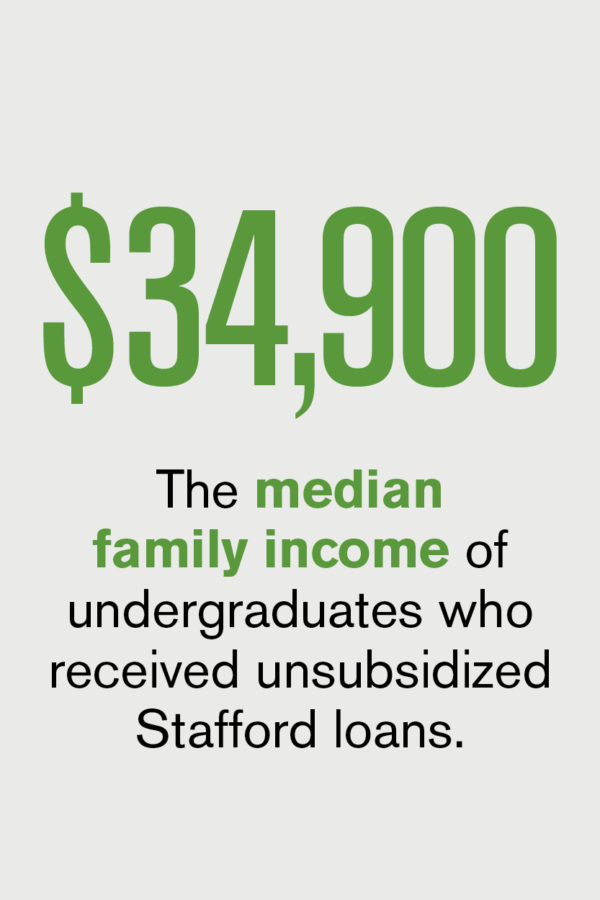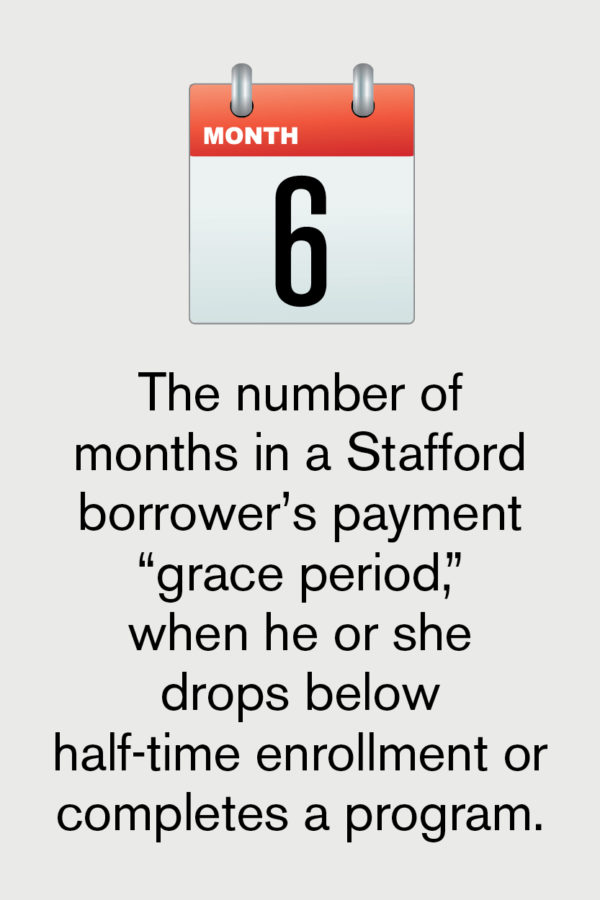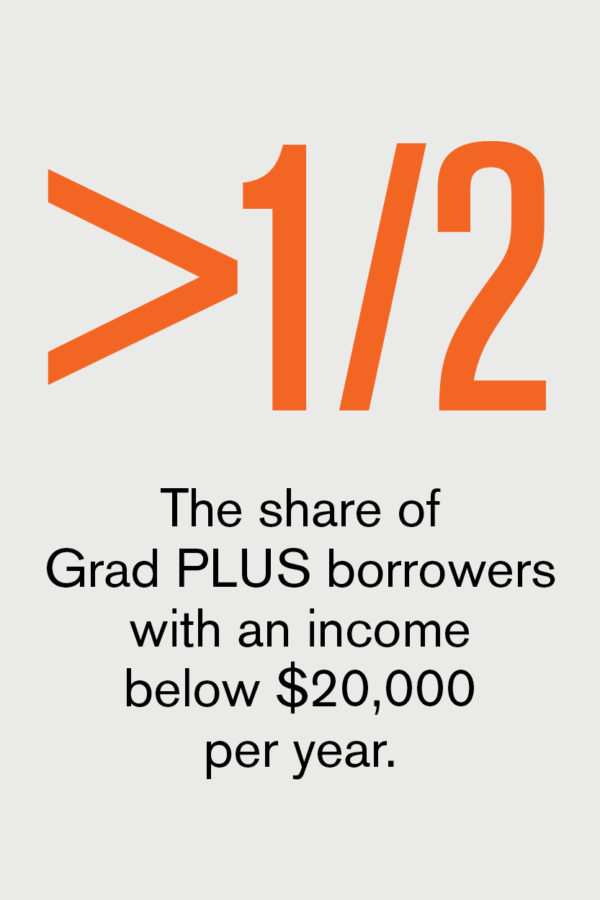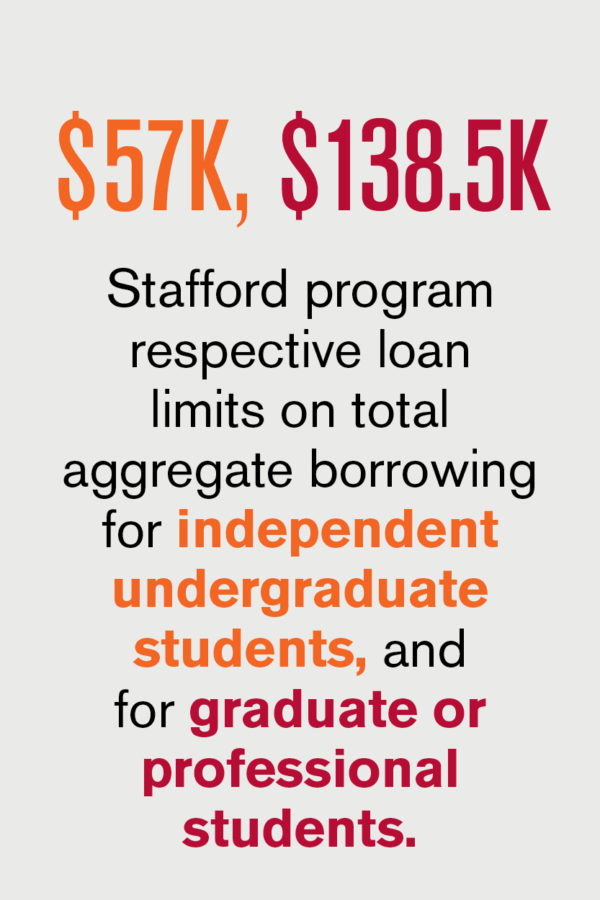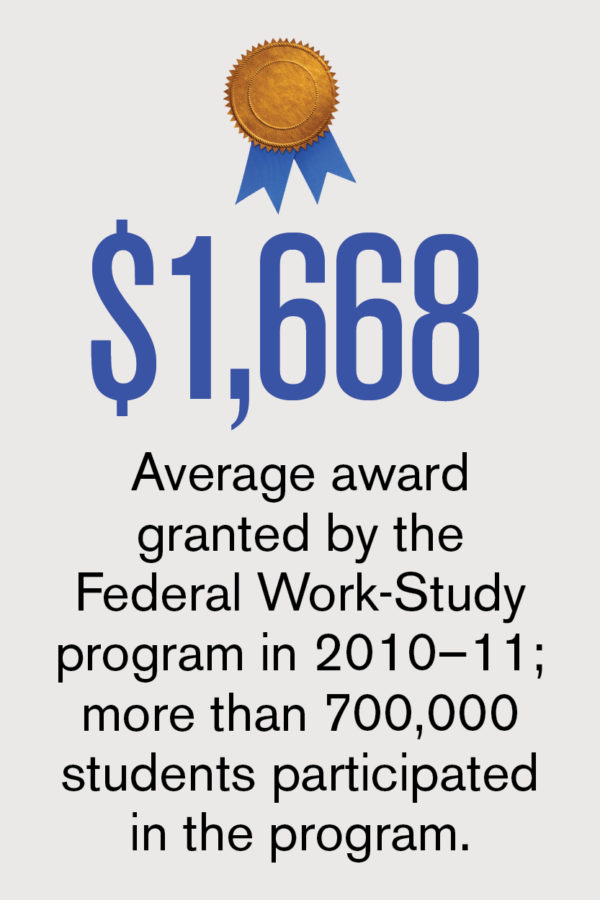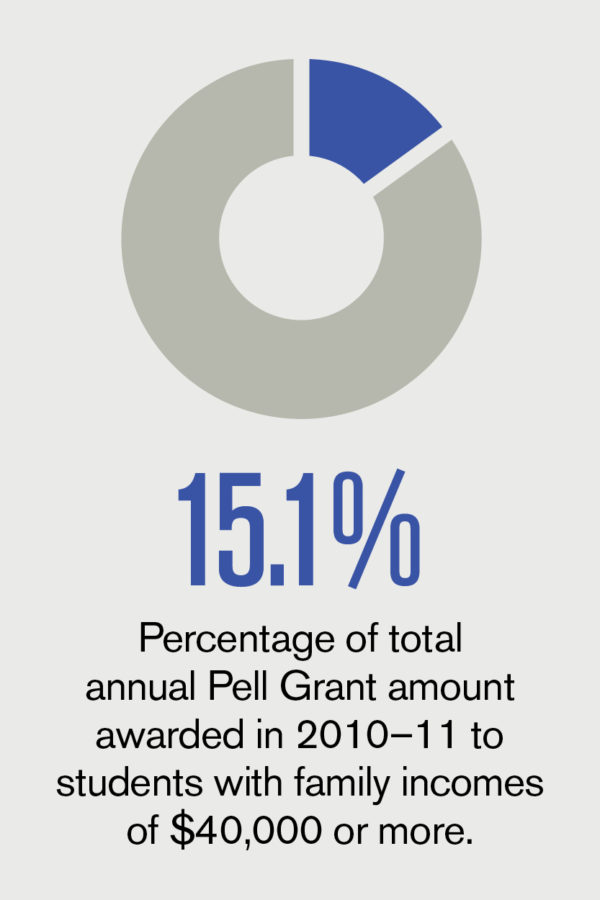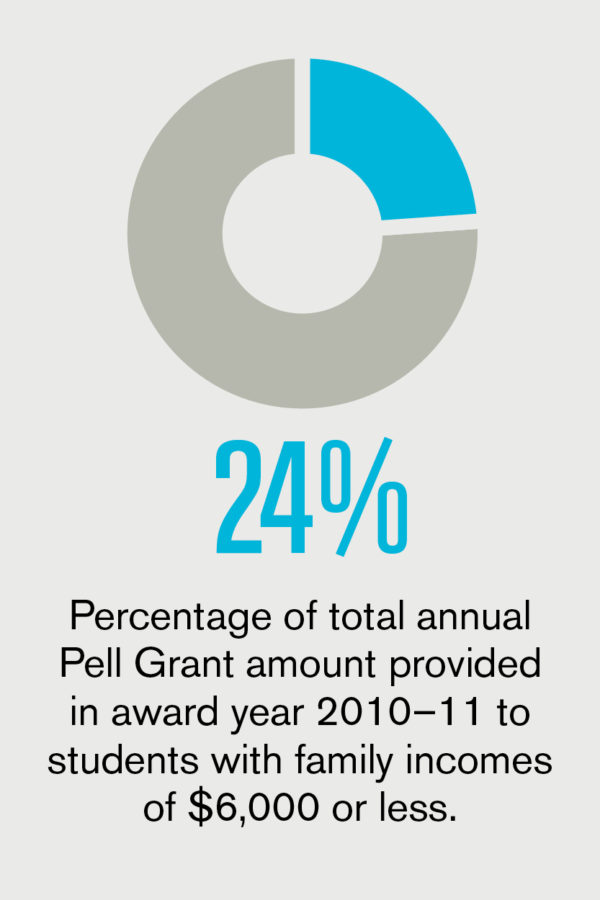Building on its decade-long energy management initiative, Baylor University, Waco, Texas, identified the next logical step in improving a program that already saves the university more than $2.6 million annually. The training and awareness initiative engages faculty, staff, and students in efforts to reduce energy consumption through responsible choices. The ultimate goal: fostering effective behavioral change.
The awareness program is highly innovative and inter-active. The element that helped Baylor become one of four of NACUBO’s 2013 Innovation Award recipients was the university’s use of game-based learning as the central training tool in educating the community and creating behavior change relative to energy and water.
EnergyZone, a Web-based community competition platform developed via a partnership with ARAMARK and Noveda Technologies, is the prime interface used by students to monitor energy usage in their residence halls. The monitor tracks in real time electrical use for all university residence halls. EnergyFlow, the monitoring feature used by the Baylor facilities staff, provides a history of energy consumption and allows for reports on each building that can be used for analysis.
Technology Teaching Moments
The online platform allows individuals and teams to track and compare energy use in numerous ways. The Baylor Energy Madness Residence Hall Competition, one of the most influential techniques so far, is an event held each semester that pits residence hall teams against one another, awarding points for lowering consumption in their particular hall. Bonus points are awarded over the course of the competition, for participating in other energy-related activities, such as:
- The “Dark Hall” competition. Students turn off lights and unplug items, learning how large an energy reduction they can score.
- Energy jeopardy and energy trivia games. Participants collect points for correctly answering questions related to carbon use, water conservation, and other sustainability measures.
- Break pledges. Students sign commitments agreeing to turn off or unplug all items possible before leaving on break.
Over the course of the four Energy Madness competitions, nearly 1,000 students from competing residence halls participated in the various events, with 40 percent taking part in more than one event. Each Madness contest has saved, on average, 5 percent in consumption.
Socialize, Communicate
The EnergyZone site engages students through links to social media sites, including Facebook, Twitter, and YouTube, and provides tips for energy economy. As a result of this and other communications—such as print posters, brochures, table tents, and stickers—students now send e-mail to program managers, sharing ideas about ways to reduce fossil fuel consumption in different campus locations.
Another Baylor Energy Awareness Program is the inclusion of program materials in special informational packets distributed to new employees as well as new and prospective students. For current staff, energy awareness meetings convey everything from temperature guidelines to campus updates.
Overall, the campus community has been very receptive to the environmentally conscious efforts. Most departments are willing to work with facility services to carry out suggestions, and the various outreach efforts have helped faculty and staff accept and adhere to campus temperature guidelines. The resulting conversations and interactions have also helped strengthen the relationship between staff and facilities services personnel.
A Favorable Outcome
The energy awareness program has increased customer satisfaction and heightened the awareness level of all things energy-related. In the four years since its implementation, the initiative has scored significant results:
- The life has been extended for a number of physical assets, because they operate as intended with reduced deferred maintenance costs.
- More than 40 events and activities have engaged students from all parts of campus life.
- Since 2010, the program has saved the university nearly $1.4 million.
The results show the building of a foundation for behavioral and cultural change that will serve the university for years to come.
SUBMITTED BY Brian W. Nicholson, associate vice president for operations and facilities management, Baylor University, Waco, Texas
It’s not too late to join the second annual Green Apple Day of Service, slated for Saturday, September 28. The Center for Green Schools at the U.S. Green Building Council (USGBC) launched the Green Apple movement last year, working to ensure that every student has the opportunity to attend a green school within this generation. The 2012 effort involved more than 1,200 communities around the world; in all 50 states, on every continent, and in more than 40 countries, events and school improvement projects helped elevate discussion around healthy, high-performing educational environments.
To register a project for this year’s event, go to http://mygreenapple.org, where you’ll find ideas ranging from energy audits to indoor air improvements, from green nutrition to creative recycling.
Particularly for campuses and universities, Jaime Van Mourik, director of higher education for the Center for Green Schools, recommends coordinating two upcoming events, “kicking off a project on September 28 that can be completed in time to be celebrated on October 23, Campus Sustainability Day.”
Videos and webcasts provide training for teams involved in Green Apple projects. On September 26, participants can tune in to the Green Apple Day of Service Web site to hear about the projects that will be taking place around the world.
Speakers at the NACUBO 2013 Annual Meeting session, “Challenges, Pitfalls, and Success Stories of Outsourcing in Higher Education,” discussed how their institutions have effectively outsourced certain functions to private third parties.
Mary Peloquin-Dodd, associate vice chancellor for finance and business, and university treasurer, North Carolina State University, Raleigh, said that the university decided seven years ago to outsource management of the endowment to the University of North Carolina Management Corp., which also manages the endowment of the University of North Carolina at Chapel Hill, because it had a limited investment staff and outsourcing was a lower cost alternative.
The University of South Florida, Tampa, has outsourced some unconventional areas such as arena operations besides outsourcing its data center operations, bookstore, sports marketing, and elements of investment management and debt management, said Fell Stubbs, university treasurer and executive director, USF Financing Corp. and USF Property Corp. Outsourcing started as a cost containment solution, but now has become part of USF’s strategic planning.
The Ohio State University, Columbus, Ohio, recently leased its parking operations to a private partner for 50 years. “We settled on the fact that if something wasn’t core to the university, we should look at it and consider whether we should do it or not,” said Michael Papadakis, vice president and treasurer at OSU. Ultimately, the university agreed to a 50-year partnership for a price of approximately $480 million, which it invested in the university’s endowment.
OSU is also looking into other potential services it can outsource, including its golf course and power plant and distribution system.
The Financial Accounting Standards Board (FASB) issued a proposed Accounting Standards Update (ASU) on August 7, suggesting a single definition of a “public business entity” for use in U.S. generally accepted accounting principles (GAAP). The proposal would amend the Master Glossary of the Accounting Standards Codification and exclude all not-for-profit organizations from the definition of a public business entity for all future standard setting.
The impetus behind the draft guidance began with the formation of FASB’s relatively new Private Company Council and the requisite for a private company decision-making framework. That framework will consist of a “Guide for Evaluating Financial Accounting and Reporting for Private Companies” (the Guide), currently in draft form. The proposed ASU seeks to clarify which entities would be excluded from using alternative accounting and reporting guidance in the Guide.
The proposal defines a public business entity and excludes those entities from the scope of the Guide. The proposal also excludes not-for-profit entities from both the scope of the Guide and the definition of a public business entity. Accordingly, the proposal will end the public versus nonpublic distinction between not-for-profits when applying future accounting and reporting guidance. The proposal would not affect existing standards and the related disclosure requirements.
For more details on the proposal and its relevance for independent nonprofit colleges and universities, see the Accounting section at www.nacubo.org.
The latest Snapshot Report from the National Student Clearinghouse Research Center finds that 6.1 percent of students who received a bachelor’s degree in 2009–10 went on to enroll in a two-year community college within the next two academic years. This pattern, which is most common among those in the health-care and social services fields, showed a decrease from the 6.5 percent of 2008–09 graduates—perhaps indicating an improving economy.
Fast Fact
Project Focuses on Expanding Access
In late June, the Brookings Institution hosted a forum on the importance of expanding college opportunity for more Americans and released the paper “Thirteen Economic Facts About Social Mobility and the Role of Education.” Noting that countries with high economic inequality generally experience low social mobility, the policy paper suggests that improving the quality of and access to higher education still has the potential to increase equality of opportunity for all Americans. “Higher education improves the chances for a high quality of life and is correlated with better health, better civic engagement, and lower crime rates,” noted William “Brit” Kirwan, chancellor at the University of Maryland, and forum participant.
Continued Growth in Charitable Contributions
The results reported in Indiana University’s annual Giving USA survey, released in late June, indicate a continuing recovery for charitable giving, which fell below $300 billion before recovering during the past three survey years. The 3.5 percent gain in donations in 2012 brought total giving to roughly $316 billion, compared to the record high in 2007 of $344.5 billion. Despite the steadily increasing numbers, the report analysis indicates that at current rates of growth, it will still take another six years before total donations return to prerecession levels.
![]()
By The Numbers
2013 Report on Student Aid
Source: The National Student Aid Profi le: Overview of 2013 Federal Programs is an annual publication of the National Association for Student Financial Aid Administrators (NAFSAA), comparing all federal loan and grant programs. The most recent data, available at www.nasfaa.org/profile is based on the 2010–11 academic year.




